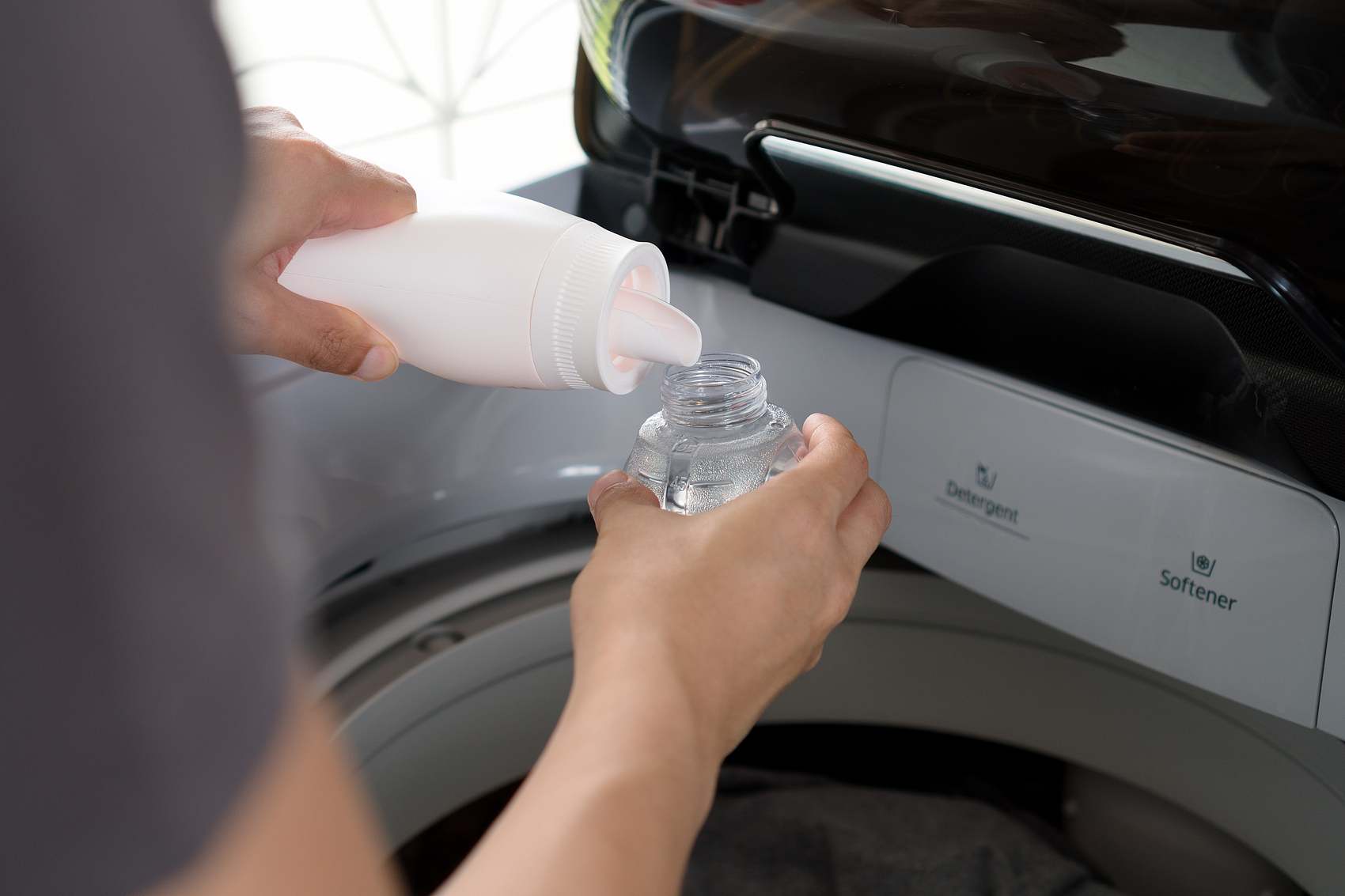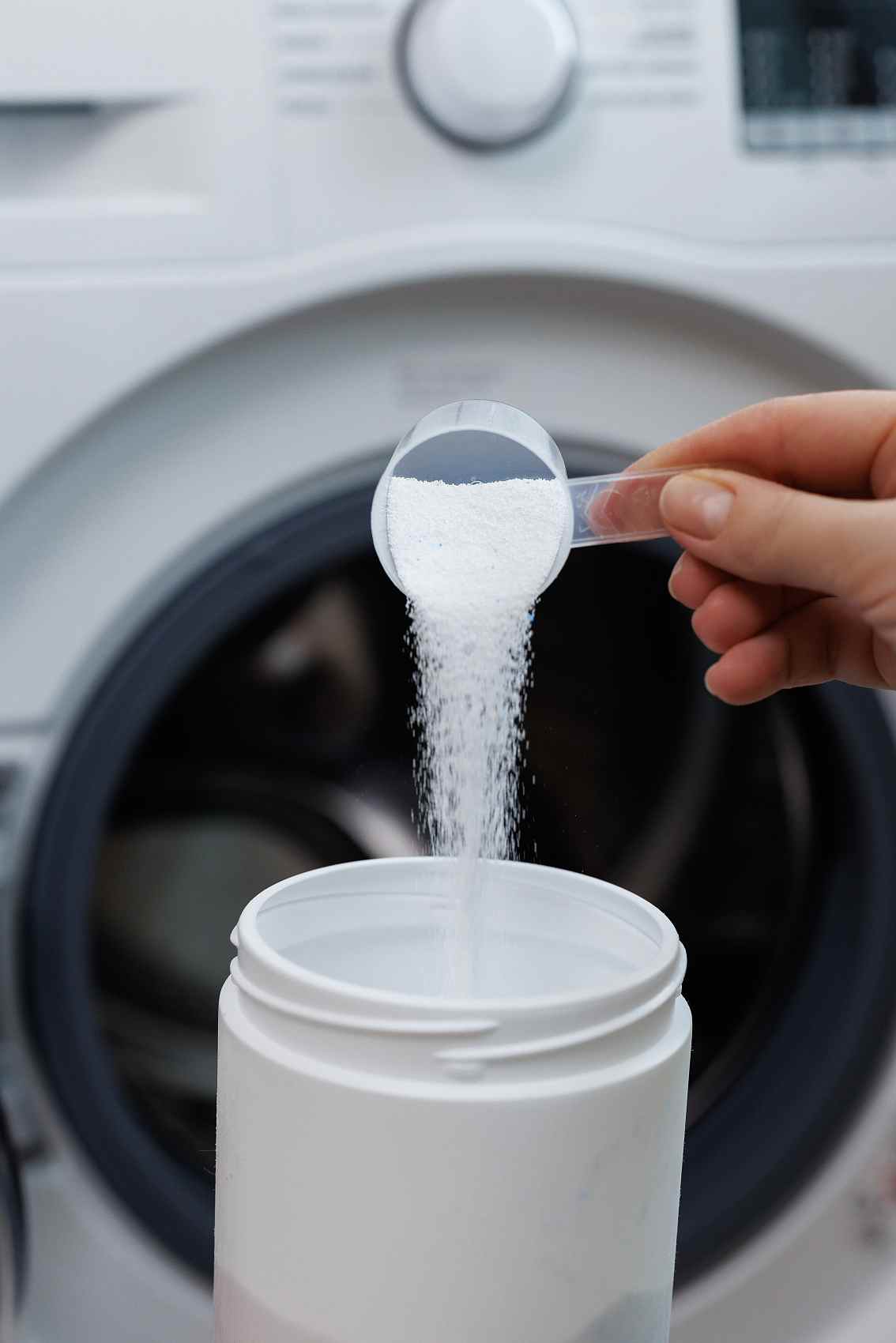With the wide variety of laundry detergents available today, it’s easy to feel overwhelmed when deciding which type to use. Should you go with liquid or powder detergent? The truth is, both have their own strengths and are suitable for different fabrics and cleaning needs. In this article, we’ll walk you through the key differences, advantages, disadvantages, and usage tips to help you make the best choice for your laundry routine.

- Liquid Detergents: Gentle and Convenient for Everyday Use
Types
Liquid detergents are typically divided into two types:
- Neutral (pH-balanced):Best for delicate fabrics like wool or silk.
- Mildly alkaline:Suitable for general daily laundry with light to moderate stains.
Advantages
- Easily dissolves in water, leaving little residue behind.
- Requires less rinsing, saving water and time.
- Color-safe:Less likely to cause fading, making it great for colored and patterned clothing.
- Versatile:Neutral liquid detergents are ideal for washing delicate items like undergarments or wool garments.
Disadvantages
- Slightly less cleaning power compared to powder detergent.
- Generally more expensive.

- Powder Detergents: Powerful and Cost-Effective
Types
There are two main types of powder detergents:
- Synthetic detergents:Made from petroleum or natural oils; affordable with a variety of scents.
- Soap-based detergents:Made from natural vegetable oils; gentle on the skin, suitable for baby clothes, but typically more expensive.
Advantages
- Strong cleaning power, especially against sweat, body oils, and mud.
- Cost-effective, ideal for households that do frequent laundry.
- Often formulated with enzymes and bleach, offering additional anti-bacterial and whitening benefits.
Disadvantages
- Harder to dissolve, especially in cold water, leading to residue.
- Improper use can damage clothing or irritate the skin.
- How to Use Laundry Detergents Correctly
Liquid Detergent
- Always use the designated liquid detergent compartmentin the washing machine.
- Don’t overuse— excess detergent can leave residue and affect skin and fabric.
- For tough stains, apply the detergentdirectly to the spot before washing.
Powder Detergent
- Use the designated powder compartmentor pre-dissolve in warm water (about 40°C) before adding to the drum.
- Avoid pouring directly on clothes to prevent clumps and residue.
- Always follow the recommended two rinse cycles for better results.
- When to Use Which Type?
|
Laundry Situation
|
Recommended Detergent | Why |
| Daily light stains, short wash time | Liquid Detergent | Dissolves quickly, efficient rinse |
| Delicate fabrics like wool or silk | Neutral Liquid Detergent | Gentle, color-safe |
| Summer sweat, body odor, mud stains | Powder Detergent | Powerful cleaning for protein/oil-based dirt |
| Families with children, frequent laundry | Powder Detergent | Economical and effective |
| For white or heavily stained clothes | Powder Detergent with enzymes/bleach |
Removes yellowing and deep-set stains
|
5.Tips for Cleaner, Fresher Laundry
- Don’t overload the washer: Fill upright washers to about 70%, front-loaders to 30–40% for optimal cleaning.
- Use warm water: Around body temperature (30–40°C) works best for breaking down oil and sweat.
- Pre-treat stains: Apply dishwashing liquid to food or oil stains; use laundry soap for collar or cuff grime.
- Rinse thoroughly: Especially important when using powder detergent to prevent residue.
Final Thoughts
Both liquid and powder detergents have their own strengths. The key is choosing based on fabric type, stain level, and personal laundry habits. Proper use of detergent not only enhances cleaning performance but also extends the life of your clothes while being kind to the environment.
